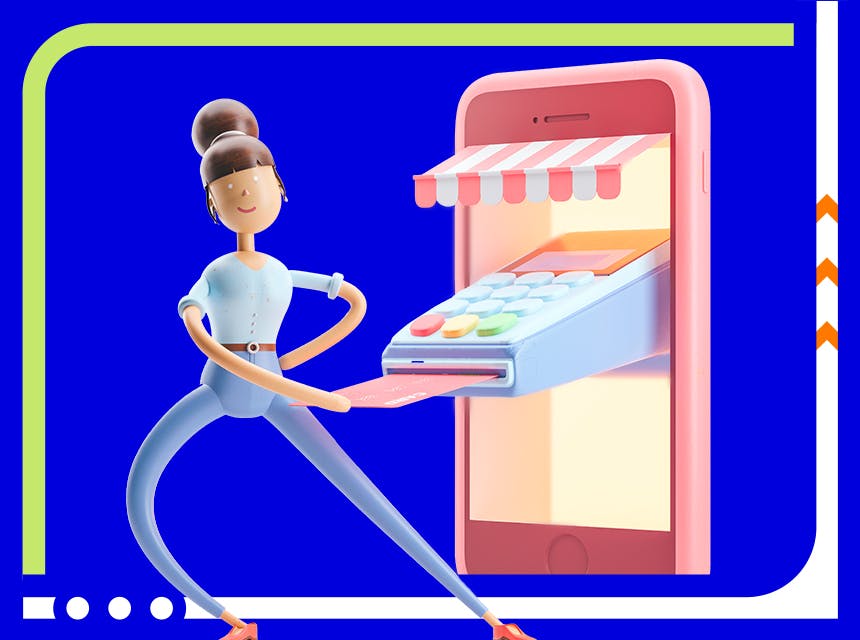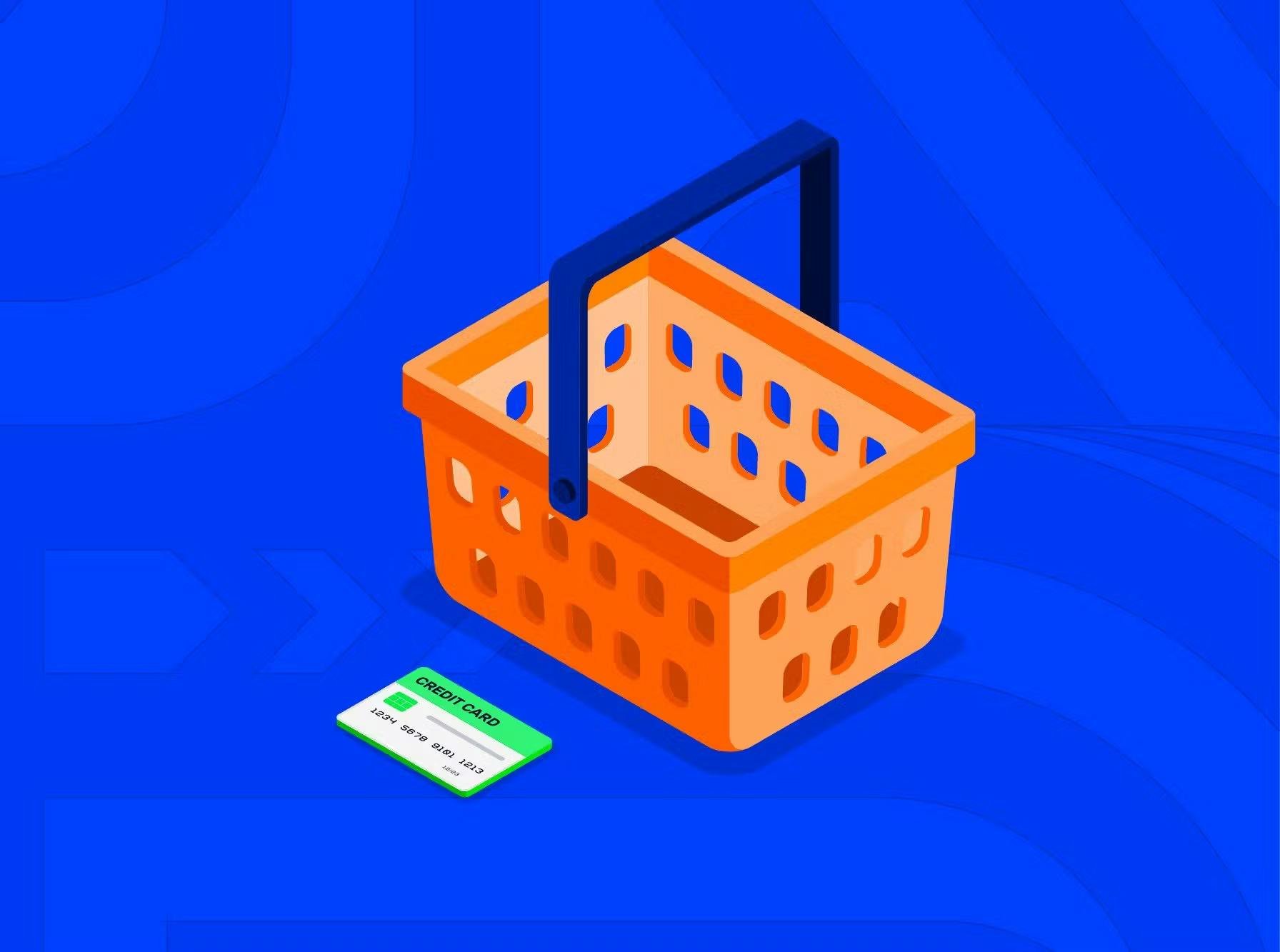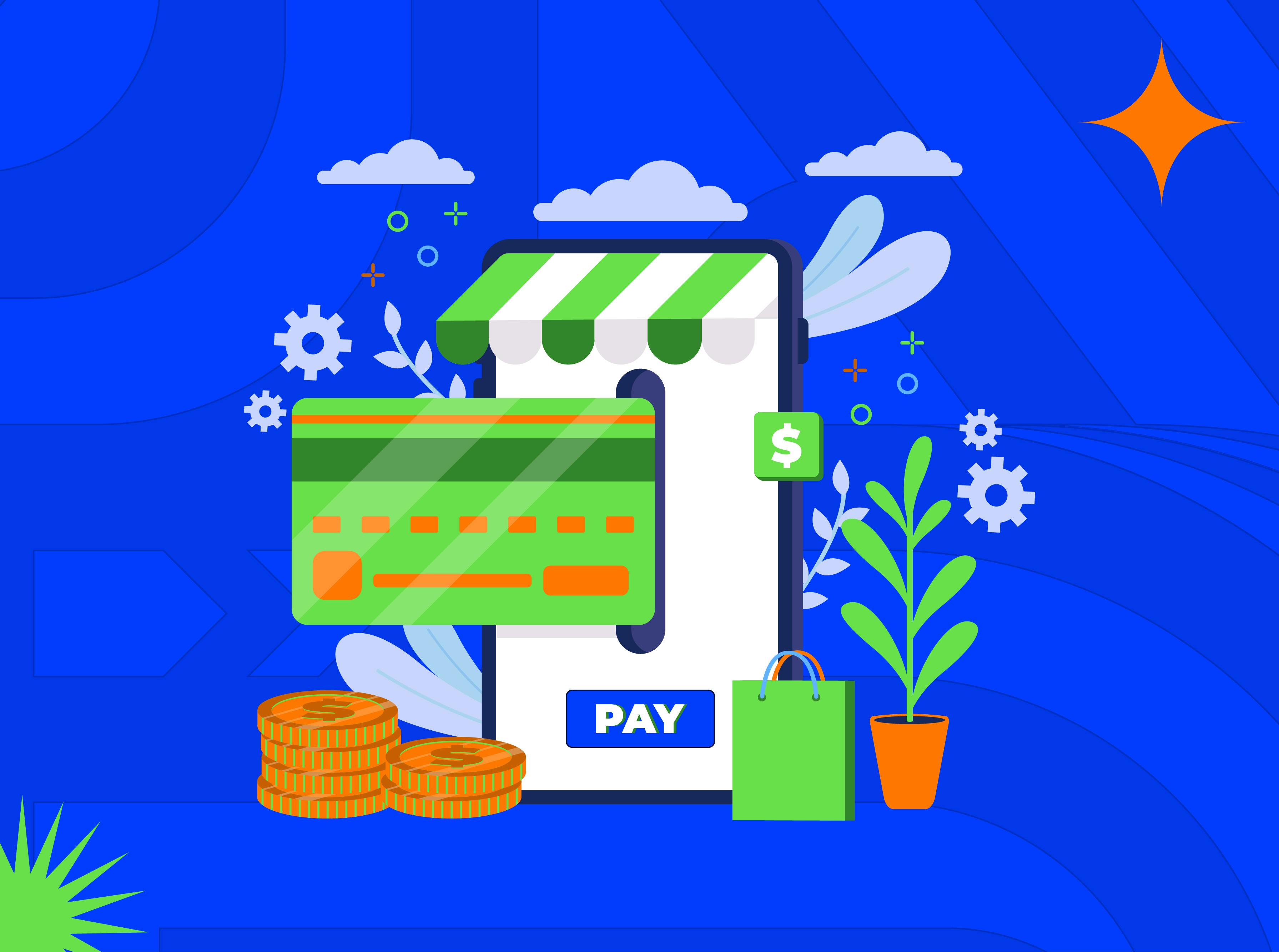You need a payment processing system to process online transactions. It will work in harness with you to crank your sales up. Taking countless tasks off your hands, a gateway functions right behind the scenes while you benefit financially.
Once a customer adds products to a virtual cart and jumps to the checkout, a system comes in, performing a myriad of processes in the background of the transaction. A shopper can go through the whole procedure in the twinkling of an eye. However, various complex tasks take place there, such as authenticating the transaction and allowing a client to complete their purchase. If you’re wondering how to add online payment to my website, let’s take a glance at what is happening behind the stage:
- When a buyer clicks on a “Place an Order” button, they are asked to provide their billing details.
- Card information is gathered at the gateway so that fraud checks can be performed.
- Once a risk-free credit card payment is ensured, the data is forwarded to the payment processor by using an SSL connection. If you wonder how to get online payment gateway in my website, here is all you need to know – it links a merchant with a payment gateway, transferring information to and fro.
- That’s what happens next: a payment system (like Visa or MasterCard) processes the transaction. Once the data is verified, it is passed to the issuer bank – a place where the client’s card was produced.
- The bank, in its turn, comes up with a response code that is passed to the payment processor.
- The merchant’s site gets the status of the transaction, which is forwarded back through the gateway.
- Then a client is put in the picture, meaning that they are informed about a successful or failed deal.
- Lastly, funds are delivered to the acquiring bank where the merchant’s account is opened.
All those take 3-5 seconds at the most. Both a buyer and a merchant capitalize on a transaction processing service. The former pays for their purchase in a moment, and the latter makes a profit.
If you’re wondering how to add payment gateway in website, selecting the right solution is crucial for seamless transactions. You can choose between integrated and hosted gateways, each with unique benefits depending on your business needs.
Integrated Payment Gateway
This option allows customers to complete transactions directly on your website via API integration. It’s ideal for medium- and large-scale businesses that want full control over payments.
✅ Benefits:
- Keeps users on your site, improving trust and conversions.
- Allows full customization and branding.
- Gives you control over transaction processing and security.
❌ Drawbacks:
- Requires a PCI-compliant merchant account.
- Security and fraud prevention are your responsibility.
- Integration can be complex and costly without an experienced development team.
Hosted Payment Gateway
With a hosted gateway, customers are redirected to a third-party platform to complete their purchase. This solution is perfect for small businesses looking for an easy, low-maintenance setup.
✅ Benefits:
- The provider handles PCI DSS compliance and security.
- Quick and hassle-free integration (often via plugins for WordPress, Shopify, etc.).
- Step-by-step setup guides from providers make integration simple.
❌ Drawbacks:
- Some users may hesitate to complete checkout on an external page.
- However, customization options (like with Tranzzo) allow merchants to match the checkout page’s design to their website for a seamless experience.
A Myriad of Payment Methods
Credit/debit cards still dominate, but alternative payments like Apple Pay, Google Pay, e-wallets, and SMS billing are gaining popularity. Ensure your gateway supports these trending options to meet customer expectations.
Multi-Currency Support
To expand globally, let customers pay in multiple currencies (EUR, USD, BTC, CHF, etc.). This improves user experience and competitiveness in international markets. If you're researching how to add a payment gateway in website, make sure your chosen provider offers multi-currency support for international transactions.
By considering these factors, you can confidently add a payment gateway to your website that aligns with your business goals and customer preferences.




 Most Popular Payment Methods in the World: Analysis by Markets
Most Popular Payment Methods in the World: Analysis by Markets How to Increase Conversions in an Online Store with a Checkout Page
How to Increase Conversions in an Online Store with a Checkout Page How Tranzzo Simplified the Payment Process for Tickets.ua
How Tranzzo Simplified the Payment Process for Tickets.ua Integrating Multiple Payment Methods: Challenges and Solutions
Integrating Multiple Payment Methods: Challenges and Solutions Abandoned Shopping Carts: Why Businesses Lose Revenue and How to Increase the Number of Successful Payments
Abandoned Shopping Carts: Why Businesses Lose Revenue and How to Increase the Number of Successful Payments

